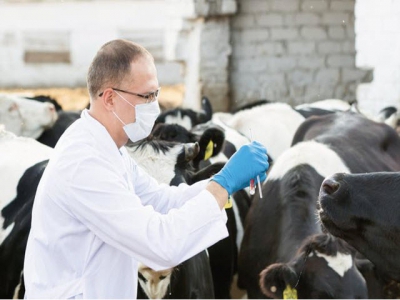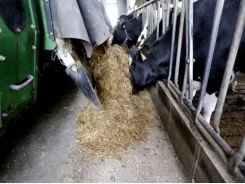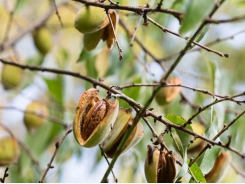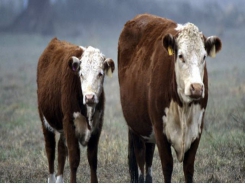Feeding diseased livestock remains a challenge

Nutrient requirements for fighting disease are quite different from those required for productive purposes.
Despite best efforts exercised by researchers and sincere attempts by field nutritionists and veterinarians, we still remain far away from a clear understanding on how to feed animals under disease stress. At the moment, we aim to prevent disease mostly through nutrition and by a mild veterinary intervention scheme that focuses on hygiene and soft medicinal solutions. Sick animals are treated with invasive medical methods, whereas the nutrition of such animals remains unchanged; the same feed is offered to healthy or sick animals. But voices questioning this latter practice have become louder.
The major blocking element in establishing clear nutritional guidelines under disease stress is that sick animals, even subclinically diseased, exhibit anorexia, or they simply don’t eat much or even at all. So, the first question we need to address is what causes anorexia, and then we can start addressing the issue from its root.
In simple words, anorexia is a response exhibited by a diseased animal as it attempts to reduce the metabolic burden from feed as its main focus switches from productivity (growth, eggs, milk, pregnancy, work) towards fighting the disease. Let us consider the mechanisms underlining this dramatic response
- Reduced feeding activity reserves energy for immune system functions. Such energy is derived from body lipid reserves, but prolonged dependence on these stores emaciates animals. But, at the beginning, it is actually beneficial for the animal to draw on reserves.
- Reduced nutrient ingestion limits the extent of pathogen proliferation in the case of gut bacteria. Pathogens in the gastrointestinal tract have unlimited access to nutrients from feed, especially if digestion is impaired due to the disease, as is often the case with gastrointestinal disorders.
- The metabolically negative effects of the acute phase response at the onset of disease are limited when feed intake is curtailed. Excess absorbed nutrients are generally considered toxic as they are no longer needed or directed towards productive purposes.
- During fasting, glucagon production is enhanced and the immune system response is thus enhanced in turn.
Under experimental conditions, force-feeding infected animals increased mortality and reduced survival time, further illustrating the beneficial effects of anorexia. However, experience from human trials indicates that long-term anorexia is equally detrimental because restricted food intake beyond the first 7-10 days of disease outbreak greatly decreases the chances of a rapid recovery. We also understand that nutrient requirements for fighting disease are quite different from those required for productive purposes. The next challenge is how to provide a diet that actually helps animals fight the disease.
Related news
Tools

Phối trộn thức ăn chăn nuôi

Pha dung dịch thủy canh

Định mức cho tôm ăn

Phối trộn phân bón NPK

Xác định tỷ lệ tôm sống

Chuyển đổi đơn vị phân bón

Xác định công suất sục khí

Chuyển đổi đơn vị tôm

Tính diện tích nhà kính

Tính thể tích ao




 How nutrition influences dairy cow health, immunity
How nutrition influences dairy cow health, immunity  Eating less meat won't move climate change needle
Eating less meat won't move climate change needle